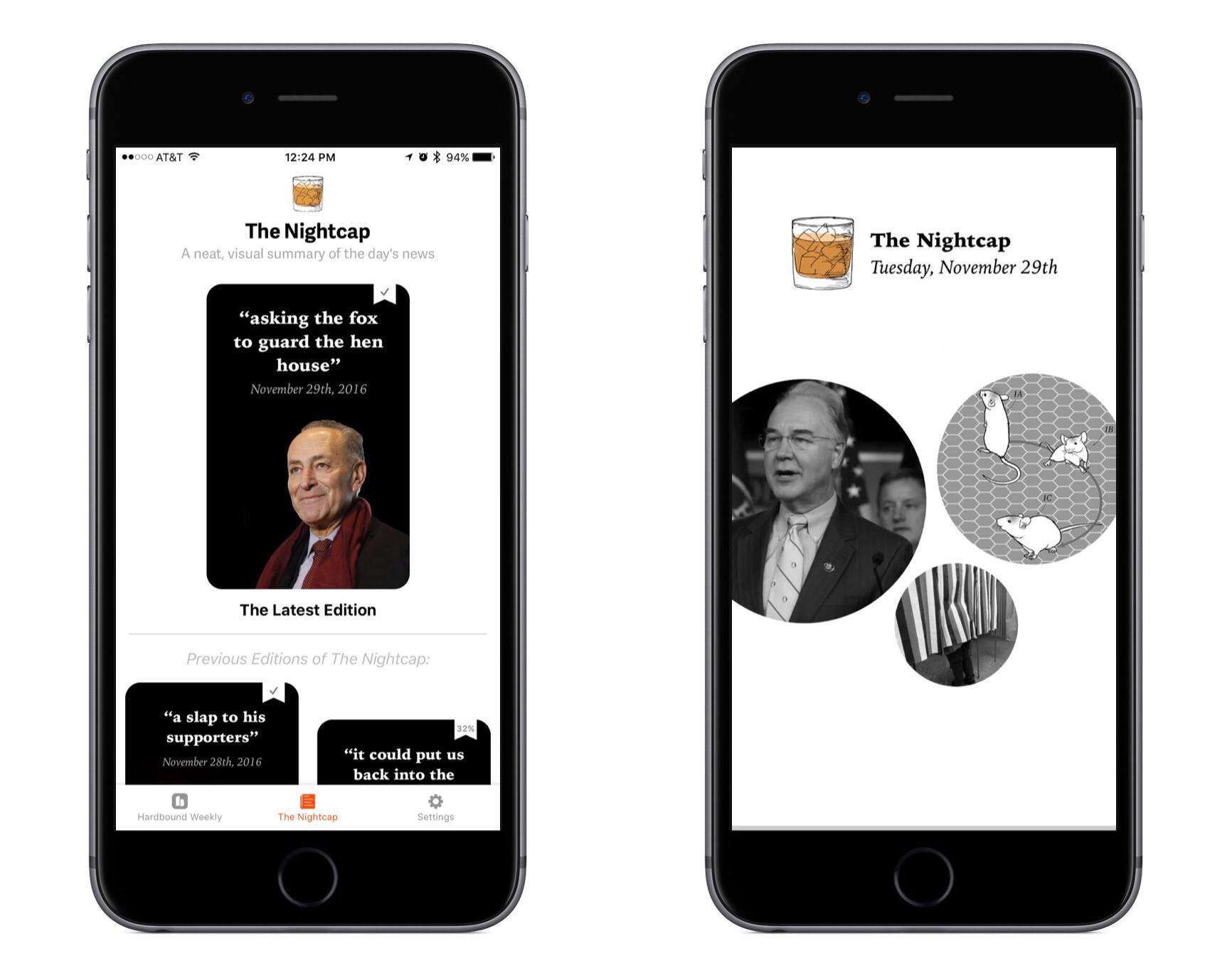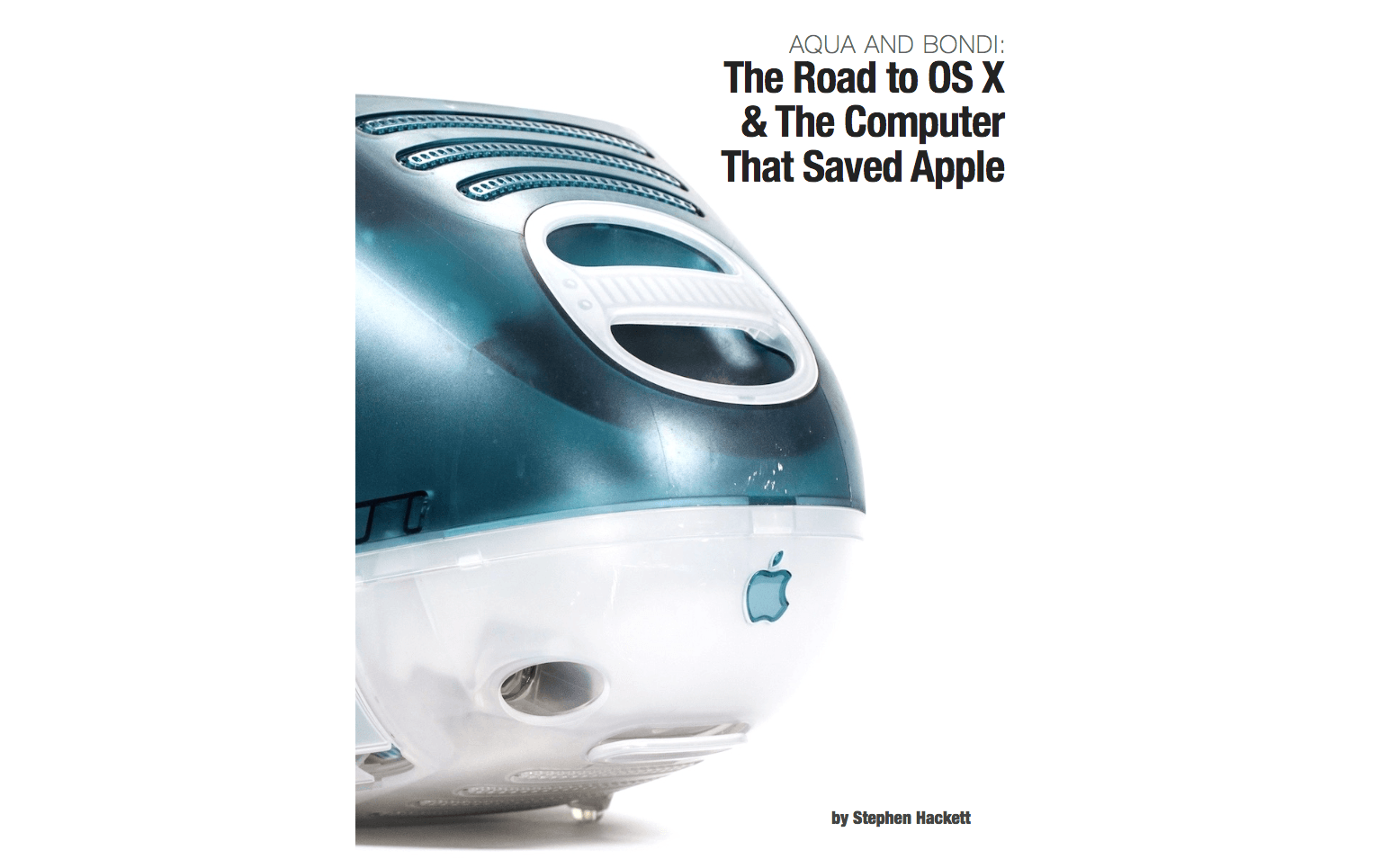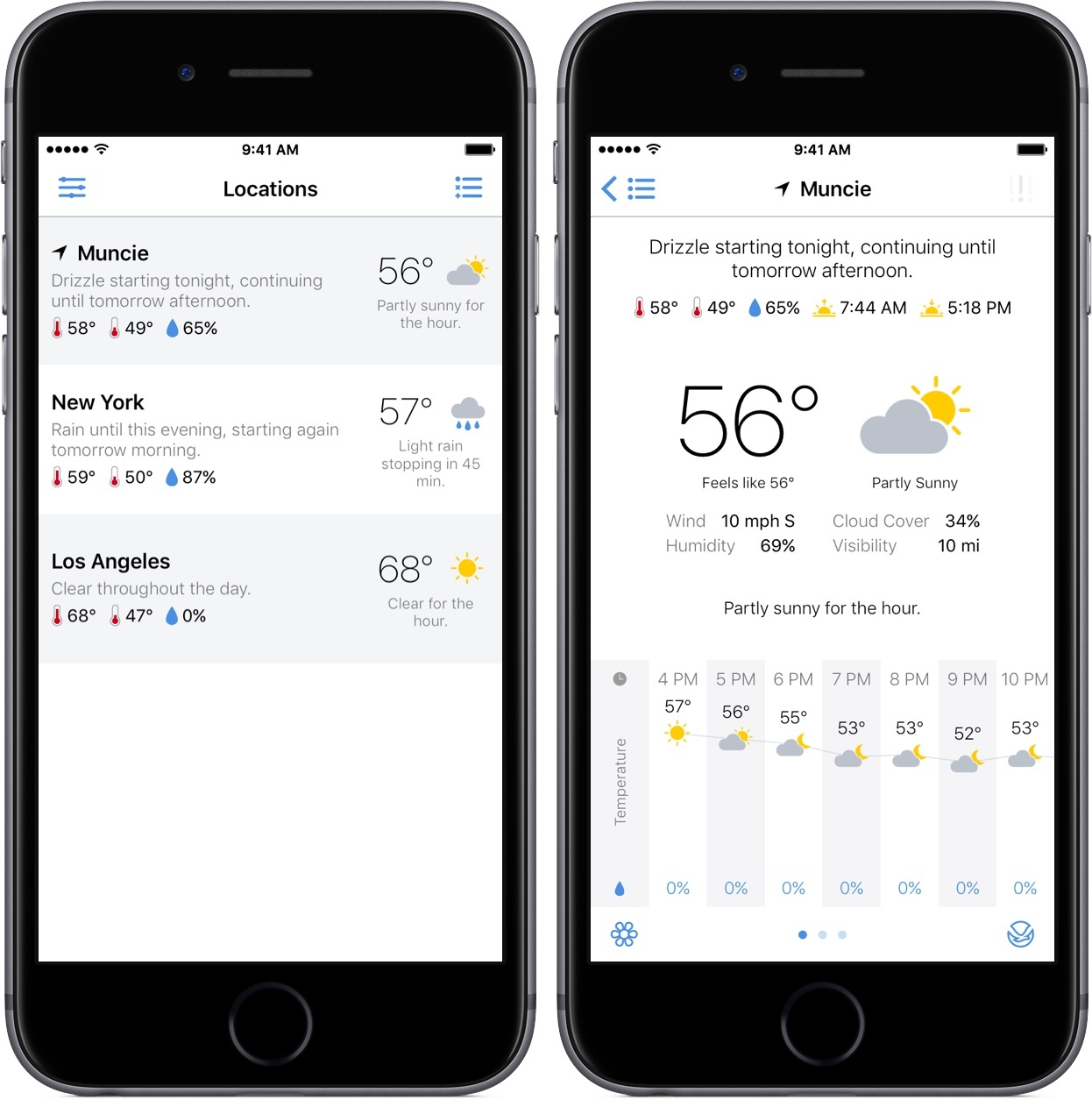One of the coolest features of Snap’s new Spectacles sunglasses is that they take circular video. That means whichever way you turn your phone to view the captured video, there are no black bars surrounding the footage. Users have been uploading the videos to Twitter and Instagram, but the results aren’t great – the video looks like it’s been taken through the peephole in a door.
Tim Johnsen, the creator of iOS utility Opener, has come to the rescue with a solution. Johnsen’s new iOS app, Spectator, displays the video just like Snapchat does. Here’s a video Johnsen made to demonstrate:
https://www.instagram.com/p/BM1thBfgn6O/You use Spectator by copying links to Spectacles videos on Instagram or Twitter, then launching the app. It’ll prompt you to play the video you have copied shortly after launch, and keeps a list of the videos you’ve recently watched. If you’re looking for a list of videos to try out I’m curating one here. Enjoy!
I’ve tried Spectator and it works like a charm. The app has also made me want to try Spectacles more than ever before, which makes me think that this is an app Snap should have made to help spread the buzz about its new product.










